Increased Focus on Quality Control
Quality control remains a pivotal aspect of the Host Cell Contaminant Testing Market, as companies strive to maintain high standards in their biopharmaceutical products. The emphasis on quality assurance has intensified due to the rising expectations from consumers and regulatory bodies alike. Companies are increasingly adopting stringent quality control measures, which include comprehensive testing for host cell contaminants. This focus on quality is expected to propel the market forward, with a projected growth rate of around 7% over the next few years. As organizations prioritize quality in their production processes, the demand for reliable testing solutions will likely increase, thereby enhancing the Host Cell Contaminant Testing Market.
Growing Awareness of Contamination Risks
The Host Cell Contaminant Testing Market is witnessing a heightened awareness of contamination risks associated with biopharmaceutical products. As the industry expands, stakeholders are becoming increasingly cognizant of the potential health risks posed by contaminants. This awareness is driving the demand for effective testing solutions to mitigate these risks. Educational initiatives and industry collaborations are playing a crucial role in disseminating information about contamination risks and the importance of rigorous testing. Consequently, the market is expected to grow as companies invest in advanced testing technologies to address these concerns. The increasing focus on contamination risk management is likely to shape the future landscape of the Host Cell Contaminant Testing Market.
Regulatory Pressures and Compliance Standards
The Host Cell Contaminant Testing Market is significantly influenced by stringent regulatory pressures and compliance standards imposed by health authorities. Regulatory bodies, such as the FDA and EMA, have established rigorous guidelines for the testing of biopharmaceutical products. These regulations necessitate comprehensive testing for host cell contaminants to ensure patient safety and product efficacy. As a consequence, pharmaceutical companies are compelled to adopt robust testing protocols, leading to an increased demand for testing services and technologies. The market is expected to expand as companies strive to meet these regulatory requirements, with an estimated growth rate of 8% annually. This trend underscores the critical role of compliance in shaping the Host Cell Contaminant Testing Market.
Rising Investment in Biopharmaceutical Research
The Host Cell Contaminant Testing Market is benefiting from a notable increase in investment directed towards biopharmaceutical research and development. As the biopharmaceutical sector continues to evolve, there is a growing emphasis on the development of novel therapeutics, including monoclonal antibodies and gene therapies. This surge in research activities necessitates rigorous testing for host cell contaminants to ensure the safety and efficacy of new products. Market analysts project that the investment in biopharmaceutical R&D will reach approximately 200 billion dollars by 2026, further driving the demand for host cell contaminant testing services. Consequently, this trend is likely to bolster the Host Cell Contaminant Testing Market as companies seek to validate their products through comprehensive testing.
Technological Innovations in Host Cell Contaminant Testing
The Host Cell Contaminant Testing Market is experiencing a surge in technological innovations that enhance testing accuracy and efficiency. Advanced methodologies, such as next-generation sequencing and mass spectrometry, are being integrated into testing protocols. These innovations not only improve the detection of contaminants but also reduce the time required for testing. The market for these advanced testing technologies is projected to grow at a compound annual growth rate of approximately 10% over the next five years. This growth is driven by the increasing demand for high-quality biopharmaceuticals and the need for stringent testing to ensure product safety. As a result, companies are investing heavily in research and development to stay competitive in the Host Cell Contaminant Testing Market.
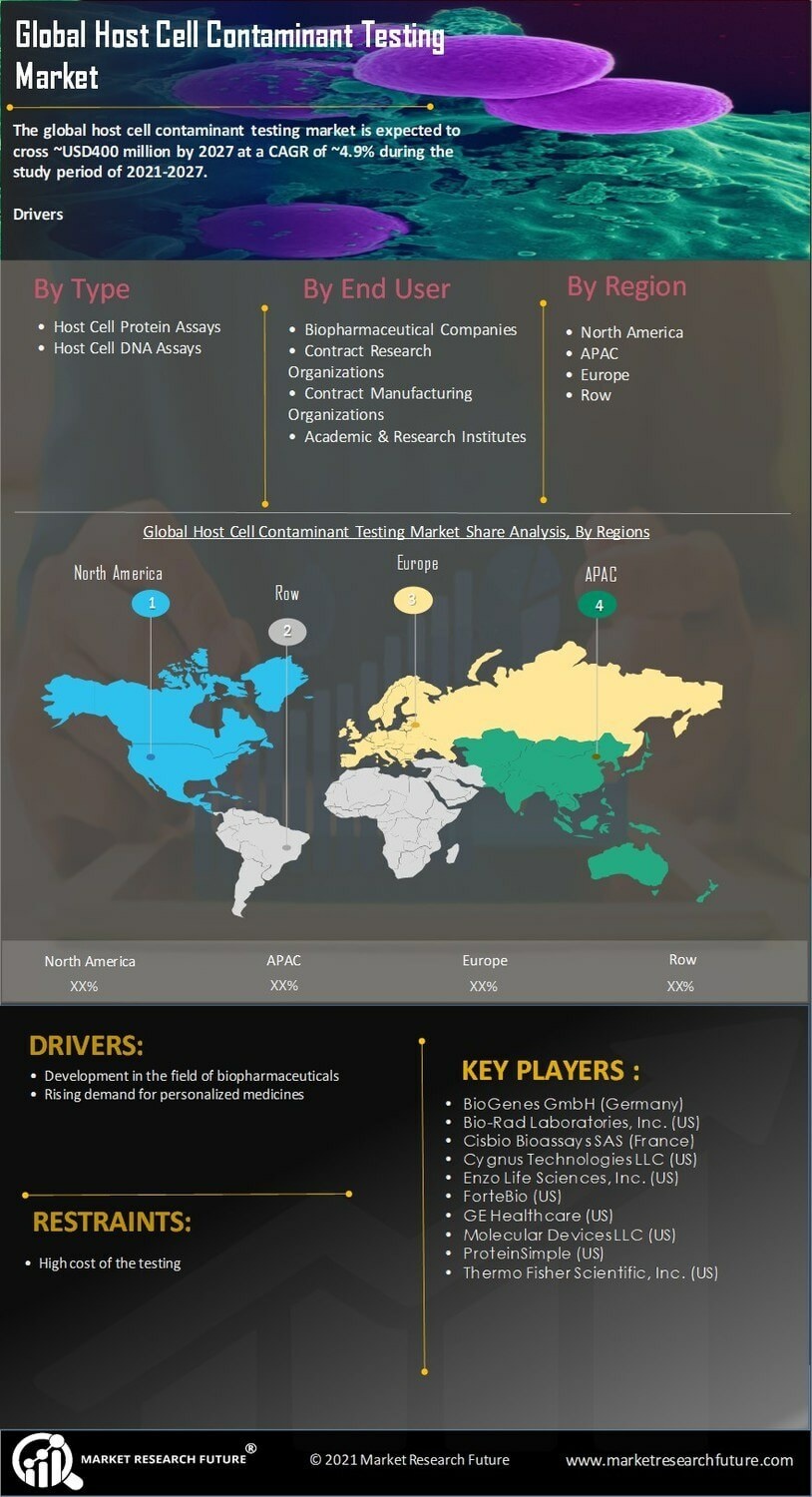

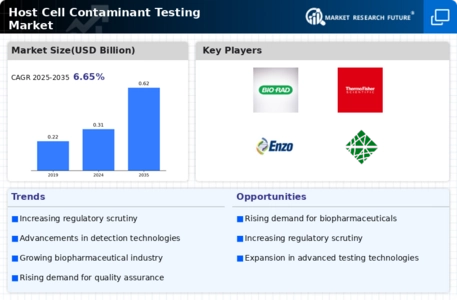
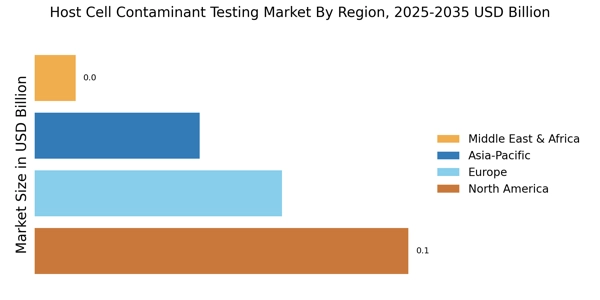
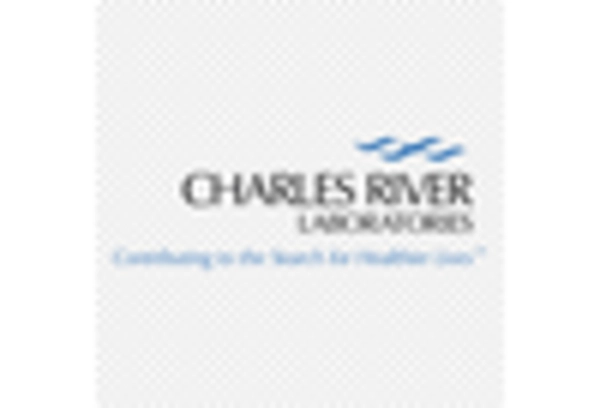
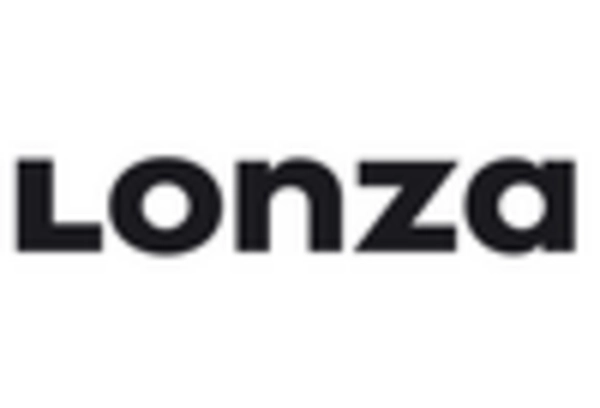

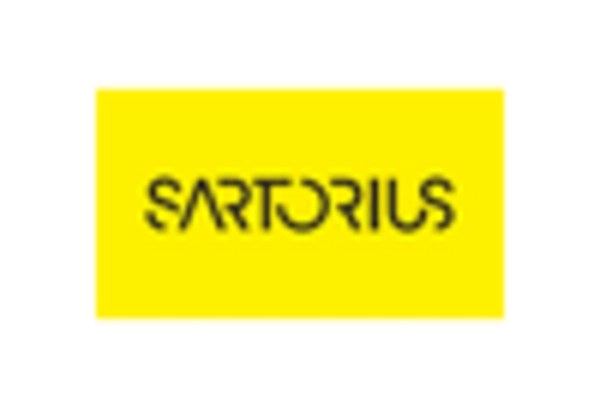
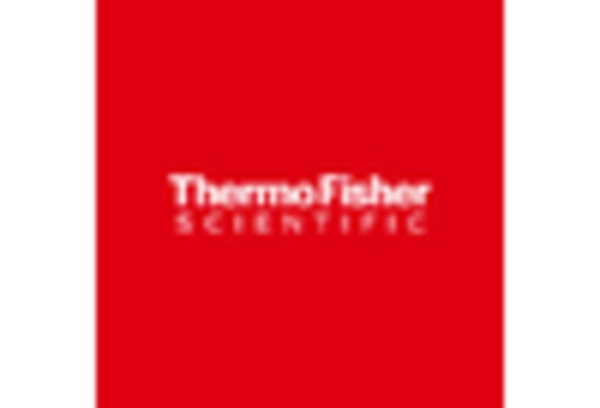
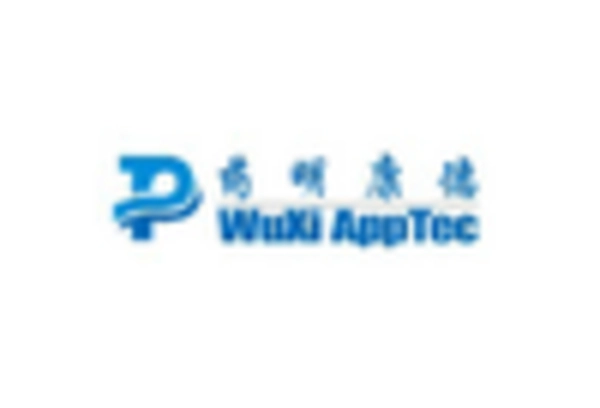








Leave a Comment